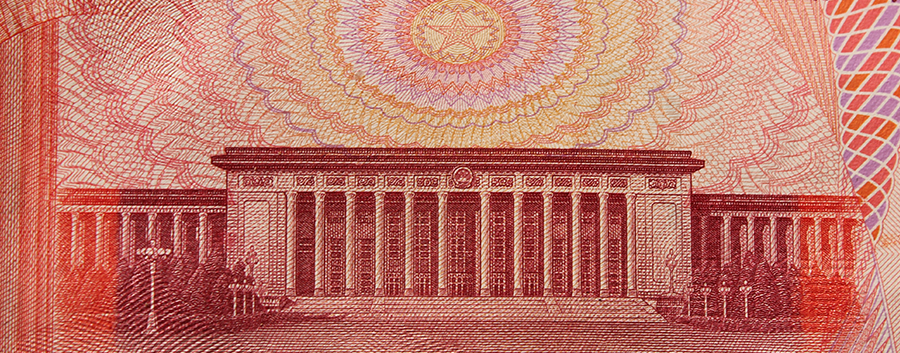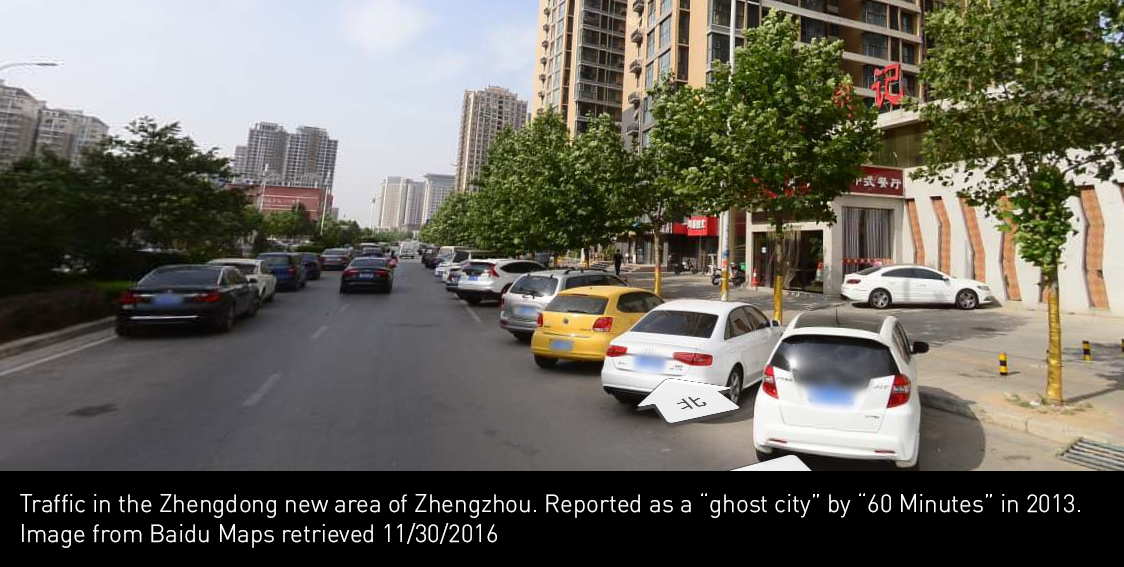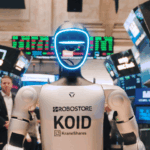3 Misconceptions You Might Have About China

At KraneShares, our goal is to educate investors about developments in China’s economy. Through our experience we have noticed there is a lot of outdated or inaccurate information about China that is frequently reported by the media. We believe the imbalance between these biased media reports and the reality of China’s growth story may present an arbitrage opportunity for long-term investors. In order to illustrate this point, we have compiled the three most common misconceptions about China that we have encountered and provided our responses to them.
Misconception 1: China is full of "Ghost Cities"
Stephen Roach, former Morgan Stanley Chief Economist and Senior Fellow at Yale University's Jackson Institute for Global Affairs, once said that China's modernization is "the greatest urbanization story the world has ever seen" and that ghost cities will soon become "thriving metropolitan areas1." Regardless of what Mr. Roach, and many other China scholars, have said the notion of widespread Ghost Cities in China has persisted with many US investors.
A 2013 news report from “60 Minutes” titled “China's Real Estate Bubble” bears much of the responsibility for spreading this misconception. The report featured footage of Zhengzhou city, full of brand new condominiums, shopping malls, and offices all left mostly unoccupied.
The primary flaw in the “60 Minutes” report is that Zhengzhou was represented as an entirely brand new and unoccupied city. In fact, Zhengzhou is a major metropolitan area with over 9 million people, about the same size as the Chicago metropolitan area2. The new district featured in the report represented only a small section of the city.
Since 2013, when the "60 Minutes" report aired, Zhenghzhou's economy has boomed. It has grown to be China’s number two Special Economic Zone (an area designated by the Chinese government that is allowed to operate with more free market policies), with combined imports and exports reaching $7 billion in 20152. Zhengzhou is also now the world’s largest site for smartphone production, with 80% of all iPhones manufactured there2.

Ghost cities’ prevalence in China are grossly overstated and misleading. Even worse, they distract from the single most important trend in China over the past 35 years: the massive migration from rural areas to cities. In 1980, only 20 percent of China's population lived in cities, while today that figure is over 50 percent3. China has 251 metropolitan areas with a population over 2 million, that is eight times the number of similar sized metropolitan areas in the United States4. China’s per capita gross domestic product (GDP) has risen in tandem with increased urbanization, as more of its population gains access to higher wages, proper housing, running water, and reliable electricity.
Misconception 2: China is a "currency manipulator"
Another major misconception around China widespread amongst US investors is the idea that China is artificially suppressing the value of its currency, the renminbi (RMB), in order to make its exports more attractive. In reality, China has shifted away from a manufacturing / export dependent economy to one driven by domestic consumption and services. The claims of currency manipulation disregard the shift in China’s economic policy over the last decade-plus.
During the 1980’s through 2005, the RMB was pegged at various rates to the value of the dollar. The exchange value of the RMB compared to the dollar varied over this time, sometimes going as low as ¥8.62 to the dollar (today it's roughly ¥7 to $1 USD)*. In 2005 the RMB's value was allowed to appreciate versus the dollar, but an implicit peg was instated in the wake of the 2008 financial crisis.
However, in 2015 China replaced the US dollar peg on the RMB with a basket of currencies comprised of China’s trading partners. This new peg values the RMB more accurately against the actual trading weight of the currency. Over the last year, Chinese interest rates have fallen (though they still remain much higher than rates in the US*) while expectations for US interest rates are to rise. This has caused the RMB to depreciate versus the dollar. Relative to other currencies the RMB still looks strong, as it has appreciated versus the Japanese Yen and Euro due to the very low, or even negative, rates in Japan and across Europe.
China has used billions of their foreign currency reserves to slow the RMB’s depreciation against a record strong dollar, a fact that runs counter to the view of it being artificially weakened. Due to the increased liberalization of the RMB, the International Monetary Fund (IMF) designated the RMB a reserve currency and included it within its Special Drawing Rights (SDR).
Misconception 3: Manufacturing is the largest component of China's economy
China’s economy is often portrayed as one dimensional, relying solely on export-driven manufacturing. In reality, due to increased urbanization and a developing consumer class, the service sector is actually now larger than the industrial sector as a percentage of China's GDP3. Despite the reality of China’s economic composition, there continues to be undue attention to exports while the rise of domestic consumption is largely ignored.
Thirty-six financial and research firms provide an estimate of China’s Manufacturing PMI, a monthly indicator of purchases made by large companies. The number of firms that track China’s Non-Manufacturing PMI? None*.
The same goes for the Caixin China PMI Manufacturing number, which measures purchases by small and medium companies. Twenty-two firms provide an estimate for this number, while not one covers the Caixin China Services PMI*.
China’s role as an intermediary to the global economy should not be underestimated. China conducted $626 billion of trade in 2015 with the US alone5.While the media often sensationalizes China, there is a growing need to go beyond the headlines to actual facts. It is our expectation that the opening of China’s Mainland equity and fixed income markets will have a dramatic impact on both active and passive investors in the years to come. Those who maintain an open mind to China may potentially benefit from all the historic changes taking place there.
*Data from Bloomberg as of 11/30/2016
- STEPHEN S. ROACH, "China is Okay" Project Syndicate, 08/29/2012
- John Kasarda, PhD, "Zhenzhou Takes Off" Aiport World, 9/30/2016
- Data from the National Bureau of Statistics of China as of 12/31/2015
- "New Orient Education and Technology Group Investor Presentation", 9/30/2016
- Bloomberg Trade Flow data as of 12/31/2015
















